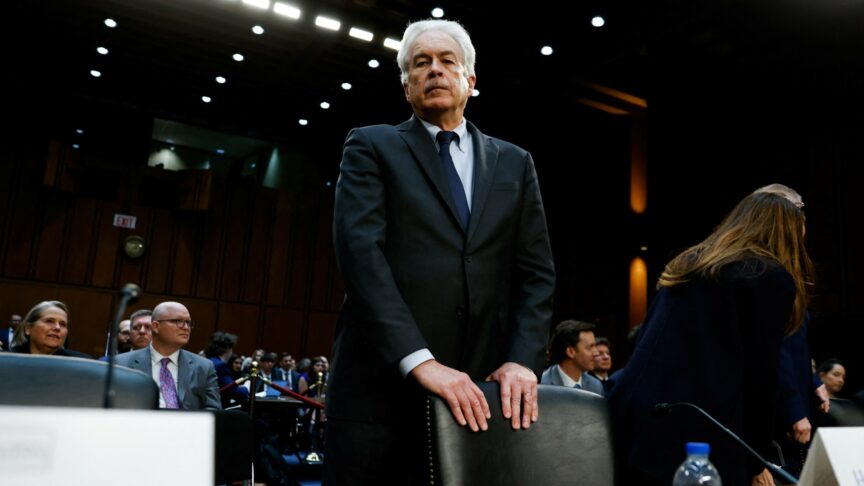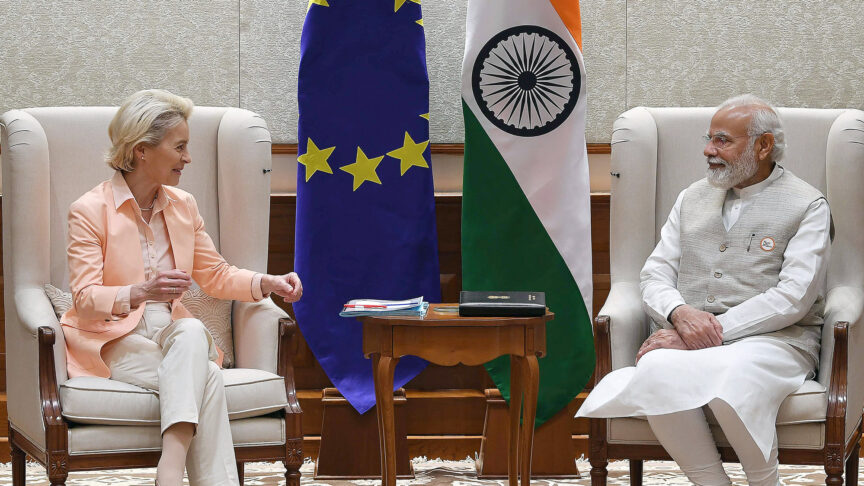Russia’s heavy metal diplomacy
Mark Galeotti's op-ed on how Russia aims to divide, distract, dismay and dominate neighbours with 'heavy metal diplomacy'.
As I write this, a Russian ship is slowly making its way to Kaliningrad, Russia’s enclave on the Baltic Sea. Among its cargo are a number of Iskander-M ballistic missiles. Inevitably, the fact that the Iskander can bear a nuclear warhead has resulted in sensationalist headlines portraying the deployment as a prelude to World War III. Indeed, I have just returned from Berlin, where more than one official at the Ministry of Foreign Affairs raised concerns, albeit in more nuanced language, about what the deployment means for European security.
The answer, at least in the short term, is ‘not much’. Russia lacks the capacities or even a reason to launch an offensive in Europe. But the placement is notable as part of a growing pattern of Russian military actions, which should be properly understood by Europeans in order to establish the correct response.
In recent years Russian threats, wargames, and intrusions into rivals’ airspace have dramatically increased in frequency and intensity. The Baltic Air Policing force, a rotating NATO contingent, had to scramble to intercept Russian intrusions on 47 occasions in 2013. By 2015, NATO and allied aircraft were having to scramble over 400 times.
In May this year the decisions by Romania and Poland to house facilities associated with Europe’s missile shield prompted the explicit warning that they will “know what it means to be in the cross-hairs”. And in March 2016, 33,000 Russian troops wargamed offensive operations against Denmark, Finland, Norway and Sweden, including seizing the Aland, Gotland and Bornholm islands. Even less subtle was the exercise in June 2015, when Russian bombers simulated a nuclear attack on Bornholm, timed to coincide with an annual festival when 90,000 guests and Denmark’s political leadership were on the island.
But if there is little prospect of outright conflict, what then is the purpose of such sabre-rattling? The answer is hiding in plain sight. Much like the Kremlin's use of disinformation as a substitute for its lack of positive soft power, and ‘hybrid war’ for military power, so too this ‘heavy metal diplomacy’ is deployed to make up for the manifest weaknesses of Russia’s conventional diplomacy, especially since the marked worsening in its international relations following the annexation of Crimea in 2014.
The aims of the strategy, beyond being an option of last resort, are to intimidate and thereby deter European states from certain actions, such as Sweden’s and Finland’s potential joining of NATO, or Poland and the Baltic States from hosting new NATO battalions. More broadly, by putting pressure on individual states, the strategy aims to exacerbate divisions on foreign and security policy within the EU and NATO.
It is hard to say to what extent this is working. Certainly, divisions exist in both organisations, and resolving those has kept the West “busy talking and negotiating rather than acting”, as one Russian diplomat said to me. But the constant Russian pressure has also engineered a backlash. Sixteen NATO allies spent more on defence in real terms in 2015 than they did in 2014, and 12 of those increased defence spending as a percentage of GDP.
This does not sound like an alliance on the verge of collapse. Nonetheless, by keeping NATO under pressure, not only is there the hope to exhaust the enthusiasm of some members, it also keeps their attention on military defences rather than the non-kinetic challenges such as financial and political subversion, that arguably represent a more clear and present threat.
Given these facts, Europe should recognize that moves such as the deployment of Iskanders to Kaliningrad are essentially political. There is no evidence of Russian intent to initiate outright hostilities with a NATO or EU state. The correct response, therefore, may be to do nothing. The current ritual of Russian move and NATO response gives the Kremlin the initiative, and helps it gather useful data about NATO response times and capabilities. Given that there is virtually no chance that a Russian intrusion into European airspace will result in an attack, it may be more sensible to sit back and let Putin burn out his airframes with increasingly pointless provocations.
At the same time, the West must continually invest in its cohesion. There is a rising chorus of voices in Europe with genuine concerns about NATO priorities and orientation, and the security relationship between Europe and the US, the EU and NATO. This cannot simply be hand-waved away as the result of ignorance or Russian disinformation.
Addressing these fractures is as important a security challenge as increasing defence budgets, and an even more complex one. Nonetheless, it is crucial as a means of minimising the scope for Russian political warfare on Europe in the future.
This op-ed was first published in Le Monde in December 2016.
The European Council on Foreign Relations does not take collective positions. ECFR publications only represent the views of their individual authors.


